
All categories
Featured selections
Trade Assurance
Buyer Central
Help Center
Get the app
Become a supplier

(1767 products available)







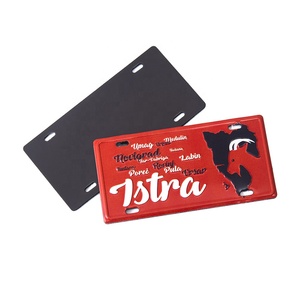

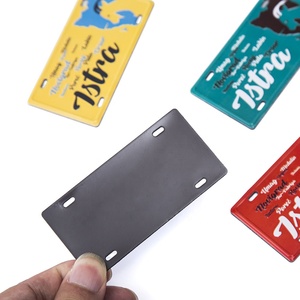


















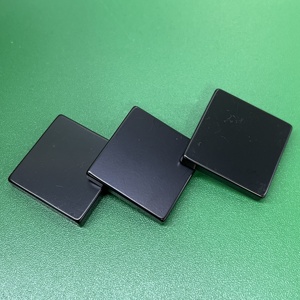









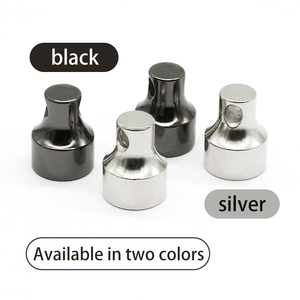
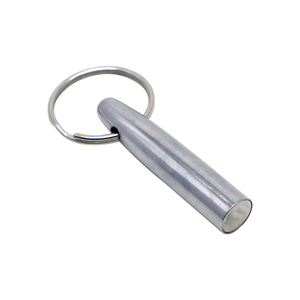






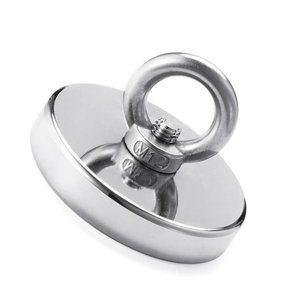


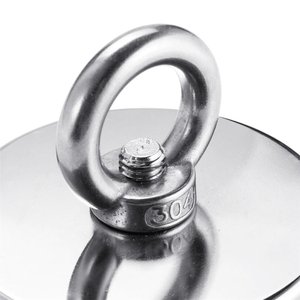
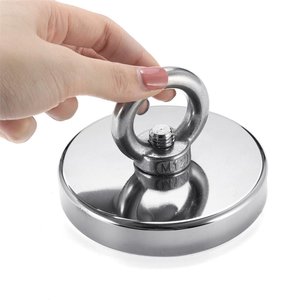
Metal testing magnets are available in various types to cater to multiple industries. From basic designs to advanced models, each type serves a distinct purpose in identifying metal properties.
The electromagnetic testing magnet is one of the types of metal testing magnets. These magnets are used to test metal conductivity and magnetic properties.
This device creates a magnetic field that can be adjusted depending on the metal being tested. The fields used on non-ferrous metals differ from those used on ferrous metals. This feature makes electromagnetic testing magnets versatile in the industries in which they are used.
As the name suggests, this magnet test uses a permanent magnet instead of electricity to conduct magnetic tests. This system is often used in fields where an immediate, portable, and quick test is needed.
The permanent magnet is always ready and portable. It makes this type of magnet ideal for on-site testing. However, the main limitation of this system is that it does not have adjustable power. Hence, its magnetic strength cannot be modified.
This gauge is designed to measure the strength and quality of a metal's magnetic field. It is handy for this task because of its compact design.
The gauge employs digital technology to provide accurate readings. These readings offer detailed information about the metal's composition and quality. They can measure various ferromagnetic materials like steel, iron, and nickel.
Magnetic particle inspection is popular in the manufacturing and automotive industries for this magnet. It is especially critical in these industries where metal integrity is non-negotiable.
This magnet creates a strong magnetic field on the metal surface to reveal internal flaws. The magnet is used with iron oxide particles. These particles will cluster around any cracks or inconsistencies found in the material.
Metal testers' composition and materials are integral to their functionality, durability, and efficiency. The materials used for these magnets greatly impact their capacity to perform tasks.
Permanent magnets are made from materials like neodymium, samarium-cobalt, or alnico. These materials have the magnetic property of staying magnetized permanently.
The strength of the magnetic field, especially for neodymium magnets, can be very high. This high strength allows for effective testing, even on small metal samples. Due to their compact size, these materials produce strong magnetic fields that make them handy in testing.
Electromagnets are made from insulated copper wire coils. This wire is wound around a ferromagnetic core, which is often an iron rod. When an electrical current passes through the coils, a magnetic field is generated.
The strength and field of the electromagnet can be adjusted by varying the current. This feature makes it versatile for different testing applications. Common uses of electromagnetic coils include metal hardness tester and non-destructive testing (NDT).
Magnetic particle inspection magnets are typically made from either ceramic or ferrite materials. These materials are chosen for their ability to produce strong and stable magnetic fields.
These materials are also very well suited for the inspection process in MPI. They can magnetize large areas of metal surfaces, which makes them ideal for detecting surface and near subsurface defects in steel.
The housing and casing of metal testing magnets are mostly made from durable plastics or aluminum alloy casings. These materials are lightweight yet strong enough to protect internal components without adding excessive weight.
These materials are also critical for maintaining portability during field tests. The casing protects the magnet from environmental factors like moisture, dust, and extreme temperatures.
Metal testing magnets are widely applied across various industries. This wide applicability is due to their critical role in ensuring metal integrity, quality control, and safety.
The magnet tester is key in non-destructive testing (NDT) methods such as magnetic particle inspection (MPI). They help detect surface and subsurface defects in metal components like cracks, inclusions, and other irregularities.
This detection ensures that materials meet required safety and performance standards before they are used or shipped. Manufacturing materials that often go under this test are iron, steel, or other ferromagnetic materials.
Metal testing magnets find extensive use in inspection and quality assurance in the pipeline and construction sectors. They are used to perform weld quality checks test for reinforcing steel bars (rebar) in concrete structures.
The inspectors use magnetic testing to detect any discontinuities in the metal that may have gone unnoticed. This application is particularly critical in industries dealing with high-stakes applications like oil and gas pipelines.
Metal testing magnets are used in these two industries to ensure components meet stringent safety and performance requirements. The two industries use magnetic inspection to check gears, crankshafts, and turbine blades for key features like hardness and residual stress.
The auto and aero industries do magnetic inspection on vehicle parts to ensure quality control. The metals they examine in these tests include aluminum alloys, high-strength steel, and titanium.
Metal testing magnets are vital in the metal recycling and restoration industries. They are used to identify ferromagnetic materials in scrap metal. This identification helps separate metals that can undergo recycling from those that are not suitable.
The magnets are also used to check the quality of metals that come from old machinery and vehicles. Their key role in this industry helps improve efficiency in metal retrieval and reduce wastage.
When selecting the ideal metal testing magnet, several factors must be considered. These factors include the material type, testing requirements, and operating environment. Understanding these parameters helps one choose the right metal testing magnet for distinct applications.
The type of metal one will test determines what metal testing magnet to get. Permanent magnets like neodymium work for almost any metal. An electromagnetic coil magnet works best on science and engineering metals like copper and aluminum.
The Magnetic Testing Gauge works with almost any ferromagnetic metal. The magnet working for the metal also needs to be versatile. It should easily adjust the magnet's power or field strength to cater to the varying metal types.
If businesses intend to do in-situ testing in remote locations, they should prioritize portable metal testing magnets. Metals like ferromagnetic stainless steel and carbon steel are typically tested in harsh environments.
A portable magnet that is lightweight and battery-powered will be ideal for such conditions. Electromagnetic testing magnets are usually heavy duty and portable. They are most suitable for outdoor working conditions.
Typically, stronger metals have stronger magnetic fields. Multiple metals require magnetic fields of varying strengths to achieve a successful test. For instance, soft iron only requires weak magnetic fields.
On the other hand, hard metals like high-carbon steel require stronger magnetic fields. Industrial testing magnets must produce accurate and strong magnetic fields to test metal effectively.
Considering the terrain the magnet will operate in, one must consider the operating environment. One factor that determines how the magnet performs in a terrain is whether the area has moisture or extreme temperatures.
If the testing location has extreme temperatures or moisture, go for a magnet with protective casing. The casing will protect the internal components so that the magnet does not degrade over time. Choose brass, stainless steel, or bronze magnets for harsh terrains.
A1.Yes, metal testing magnets require routine maintenance. The maintenance is done to ensure longevity and reliable performance. One of the key maintenance tasks is cleaning.
Clean the magnet after each use to remove debris and contaminants. These contaminates will affect the future testing accuracy if left on the magnet. For electromagnets, regularly checking insulating coating for wear and tear is important.
Any signs of wear should be repaired promptly to avoid equipment damage. In the case of permanent magnets, check for chips or cracks on the magnet. Such cracks reduce the strength of the magnet.
Conducting performance checks is also important to ensure the magnet is still functioning effectively. For testing gear, one must compare performance against known standards. Any noticeable deviations discovered should be addressed immediately.
A2. There are multiple threats to the metal testing magnet's performance and durability. Exposure to harsh environmental conditions has a major impact on the magnet's functionality.
UV radiation, high coastal humidity, extreme temperatures, and dust accumulation will damage the magnet over time. Go for magnets with a protective casing to reduce exposure to these elements.
Debris accumulation on the magnet is another issue that affects its testing accuracy. This accumulation creates a barrier layer between the magnet and the metal being tested. Cleaning the magnets after every use will eliminate debris accumulation.
The last issue is wear and tear of the insulating coatings found on electromagnetic coils. This wear exposes the copper wire to adverse environmental conditions. Stat and visual inspections of the coating will go a long way in ensuring the durability of the magnet.
A3.The performance of metal testing magnets is significantly impacted by the harshness of the environment they operate in. The wear and tear of magnets occur more swiftly in high-temperature environments.
However, low temperatures can also cause brittleness in the materials which will lead to cracks. Using Testing magnets that have a protective casing will ensure the internal components of the magnets are protected.
These cases eliminate the magnets' direct exposure to harsh environmental conditions. In extremely low and high temperatures, Testing magnets made from brass, stainless steel, and bronze will yield the best results. These materials are highly durable, making them ideal for extreme environments.
A4.The metal tester aids in detection and quality control during inspection. For instance, Magnetic Particle Testing (MPT) uses metal testing magnets to identify surface and subsurface defects.
The magnetic tester creates a magnetic field in the material that reveals cracks, inclusions, and other irregularities. It provides inspectors with vital information that improves the quality and safety of products.